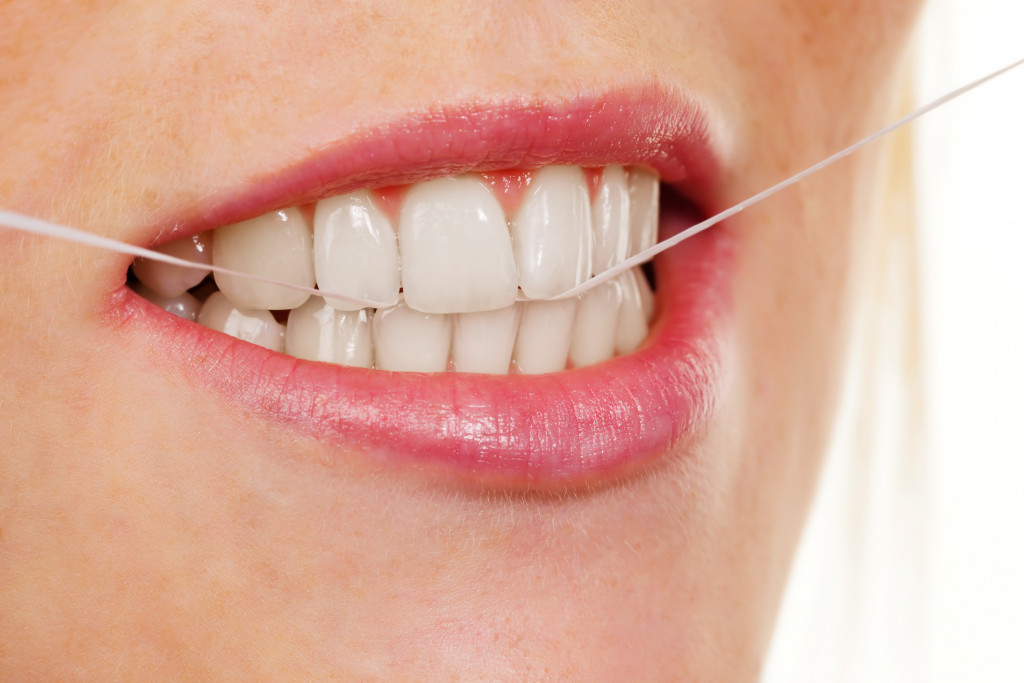It’s no secret that tooth loss can be a significant discomfort and embarrassment. But what many people don’t know is that there are a variety of causes, and most of them can be prevented or addressed.
This article will explore the causes of tooth loss and how you can best address it through a permanent dental implant. Here are the most common causes of tooth loss.
Periodontitis
Gingivitis, or inflammation of the gums, is the early stage of gum disease. If not treated, it can progress to periodontitis. Periodontitis is gum disease that results in the inflammation and destruction of the tissues and bones that support your teeth. Untreated periodontitis causes 70 percent of tooth loss among adults, and 40 percent of adults get it.
The good news is that gum disease is preventable. Regular brushing and flossing can remove plaque before it hardens into tartar. Seeing your dentist for regular cleanings is also essential, as tartar can only be removed with professional dental tools. If you already have gum disease, treatments are available to help stop its progression and keep your smile healthy.
Tooth Decay
Plaque causes tooth decay. Bacteria builds this film on teeth. It has acids that erode the enamel, the hard outer layer of your teeth. If the decay is not treated, it can eventually reach the inner layers of your tooth, causing an infection.
Good dental hygiene, meaning brushing and flossing twice a day, is necessary. You must also go for a dental cleaning at the clinic twice a year to prevent tooth decay.
Pregnancy
Pregnancy is a time of many changes, both physical and hormonal. These hormones can affect pregnant women by altering the periodontium, the collection of bones and ligaments that support the teeth and keep them in place. Levels of estrogen and progesterone are raised during pregnancy. It can cause the periodontium to become more sensitive and inflamed. This, in turn, can lead to one or more teeth feeling loose.
If you experience this during pregnancy, it’s essential to contact a dentist to rule out gum disease and other oral health problems. According to the American Dental Association and the American Congress of Obstetricians and Gynecologists, it is safe for pregnant people to have dental checkups, cleanings, and X-rays. So if you’re experiencing any changes in your mouth during pregnancy, be sure to talk to your dentist about what’s going on.

Trauma
Trauma from an accident or injury is a common cause of teeth loss. According to the American Association of Endodontists (AAE), more than five million teeth from children and adults are knocked off by trauma every year.
However, the AAE also says that if a tooth or several teeth are knocked out by an accident or any injury, there is still a way to save and replant the tooth. You must ensure that the following steps are taken.
- Pick up the tooth but do not touch the root.
- Carefully rinse the tooth in water without soap or any chemicals and continue not to touch the root.
- Do not dry the tooth.
- Push the tooth back gently into its socket and bite down on it.
- If it is not possible to replace the tooth in its socket, put it inside your mouth by your cheek. If that is not possible, put it in milk or acquire a Save-a-Tooth® emergency tooth preservation kit.
- Bring the tooth with you to an endodontist or dentist, ideally within 30 minutes, but they may still save the tooth even after more than an hour.
This is crucial information in case of an accident. Spread this information to people you know.
Social Determinants of Tooth Loss
The National Health Interview Survey released in July 2021 by the National Center for Health Statistics (NCHS) showed a difference in dental care among different social and economic groups. This suggests that vulnerability to dental health issues including loss of teeth has a social and economic component.
According to the study, there are some significant disparities in dental health among different groups of people in the United States. In 2019, 66.7 percent of adults aged 18−64 residing in urban areas visited a dentist within the past 12 months. In contrast, only 57.6 percent of those of the same age group residing in rural areas had the same visit. In both areas, women had more dental visits than men.
In urban areas alone, 70.2 percent of non-Hispanic white adults visited a dentist while only 61.8 percent of non-Hispanic black adults did so. Among Hispanic adults, only 59.4 percent visited a dentist.
When it comes to family income, dental visits were more common among those with higher incomes in both urban and rural areas. These disparities highlight the need for more access to dental care in certain communities. The most vulnerable are all men in rural communities, Hispanic adults in urban communities, and families from the lowest income level in both rural and urban communities.
Best Way of Addressing Tooth Loss
If tooth loss occurs, it is important to seek treatment as soon as possible. The best solution is a dental implant. Unlike dentures, a dental implant is a permanent tooth replacement procedure. The replacement tooth is made of strong ceramics and is anchored to your jaw bone with a titanium post.
This makes it a much more stable and durable solution for tooth loss. Dental implants are also the only tooth replacement option that helps to preserve your jaw bone and prevent further tooth loss.
Don’t let tooth loss cause you discomfort or embarrassment. Be proactive about preventing it and seek treatment immediately if it does occur. With the right care, you can keep your smile healthy and bright for years to come.
